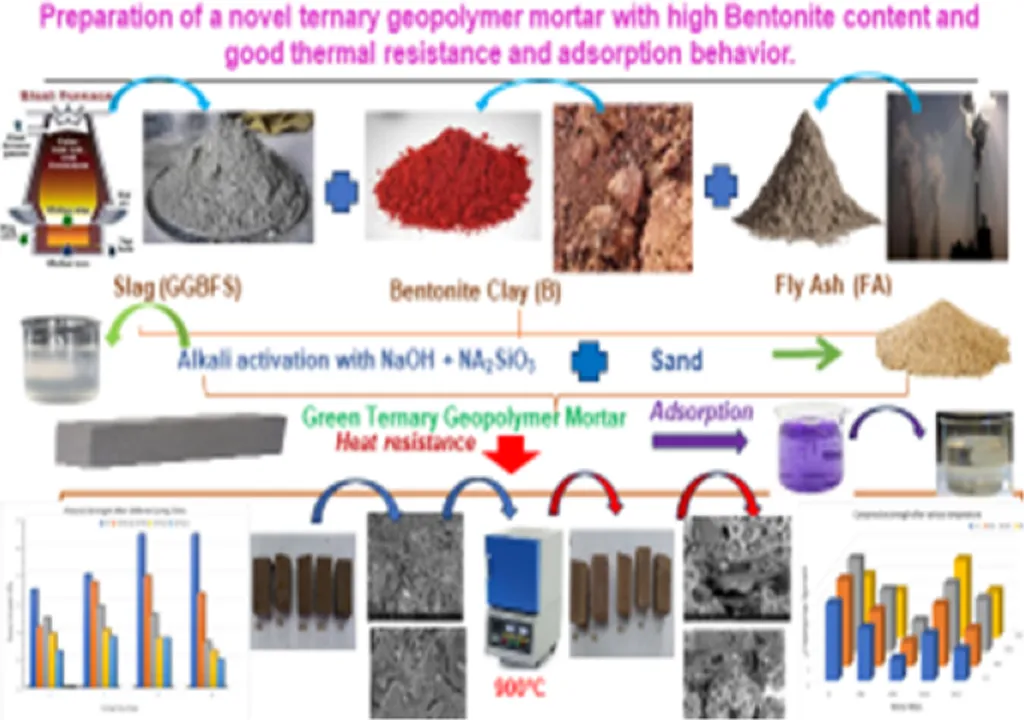In the quest for sustainable construction materials, a groundbreaking study led by Ana Laura Lopes de Matos Riscado from the Advanced Materials Laboratory at the State University of the North in Rio de Janeiro (UENF) has shed new light on optimizing fly ash geopolymer mixtures. Published in the journal Scientific Reports, the research offers a promising pathway to reduce the environmental impact of construction materials while maintaining high mechanical performance.
The study focuses on key compositional parameters—water-to-binder ratio, aggregate-to-binder ratio, alkaline solution molarity, and silica modulus—to develop a reliable dosage methodology for fly ash-based geopolymers. These parameters are crucial for achieving the desired mechanical properties, such as compressive strength, which is a critical factor in construction applications.
“Our goal was to create a simple yet effective methodology for dosing geopolymers,” Riscado explained. “By understanding the relationships between these parameters and the mechanical performance of geopolymers, we can optimize their use in real-world applications.”
The research revealed strong correlations between compressive strength and the water-to-binder ratio, as well as the aggregate-to-binder ratio. Notably, thermal curing at 60°C significantly enhanced the mechanical performance of the geopolymers, underscoring the importance of temperature in the geopolymerization process. The highest compressive strength achieved experimentally was 50.19 MPa, with the predictive model yielding 46.99 MPa, demonstrating the model’s accuracy and reliability.
Complementary analyses using isothermal calorimetry, X-ray diffraction (XRD), and scanning electron microscopy (SEM) confirmed the formation of sodalite phases, indicating effective geopolymerization. These findings not only validate the proposed methodology but also highlight its potential for advancing sustainable construction materials.
The implications of this research are far-reaching, particularly for the energy sector. As the demand for sustainable and energy-efficient construction materials grows, fly ash-based geopolymers offer a viable alternative to traditional Portland cement. By reducing the environmental impact associated with cement production, these materials can contribute to lower CO₂ emissions and energy consumption, aligning with global sustainability goals.
Moreover, the study’s predictive model provides a practical framework for optimizing geopolymer mixtures, enabling engineers and construction professionals to achieve consistent performance and lower environmental impact. This could lead to significant advancements in the construction industry, particularly in the development of sustainable infrastructure and energy-efficient buildings.
As the world continues to grapple with the challenges of climate change and resource depletion, innovative solutions like those proposed by Riscado and her team are crucial. By harnessing the power of fly ash geopolymers, we can pave the way for a more sustainable and resilient future in construction.

